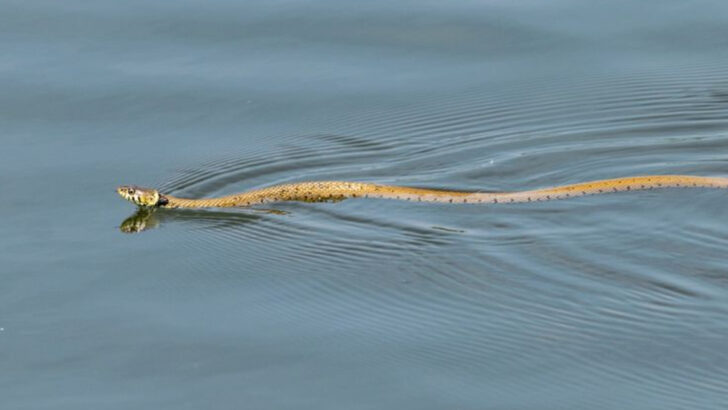Snakes are not the cold-blooded villains movies make them out to be.
These slithering wonders have been around for millions of years, evolving into some of the most efficient hunters on the planet. But beyond their fangs and flickering tongues, they harbor secrets that will leave you stunned. Did you know some snakes can fly? Or that others can survive for months without a meal?
From their bizarre eating habits to their mind-blowing survival skills, snakes are full of surprises. Forget everything you think you know about them—because the truth is even wilder.
Let’s dive into 16 jaw-dropping facts about these misunderstood reptiles that will forever change the way you see them.
Snakes Can Predict Earthquakes
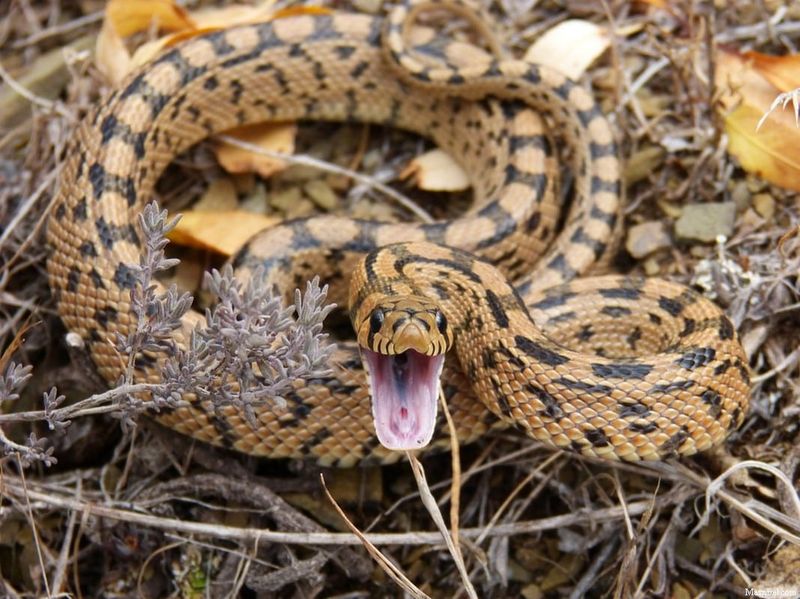
Snakes have a unique ability to sense seismic vibrations, allowing them to predict earthquakes. This extraordinary capability comes from their sensitive bellies, which can pick up vibrations that humans can’t detect. In regions prone to earthquakes, these reptiles may exhibit unusual behavior, like trying to escape their enclosures, days before the actual event takes place.
This ability is not only fascinating but also serves as a reminder of the intricate connections within our natural world. Next time you’re in an earthquake-prone area, perhaps a snake’s behavior could offer you some early warning!
Snakes Can ‘Fly’ Through the Air
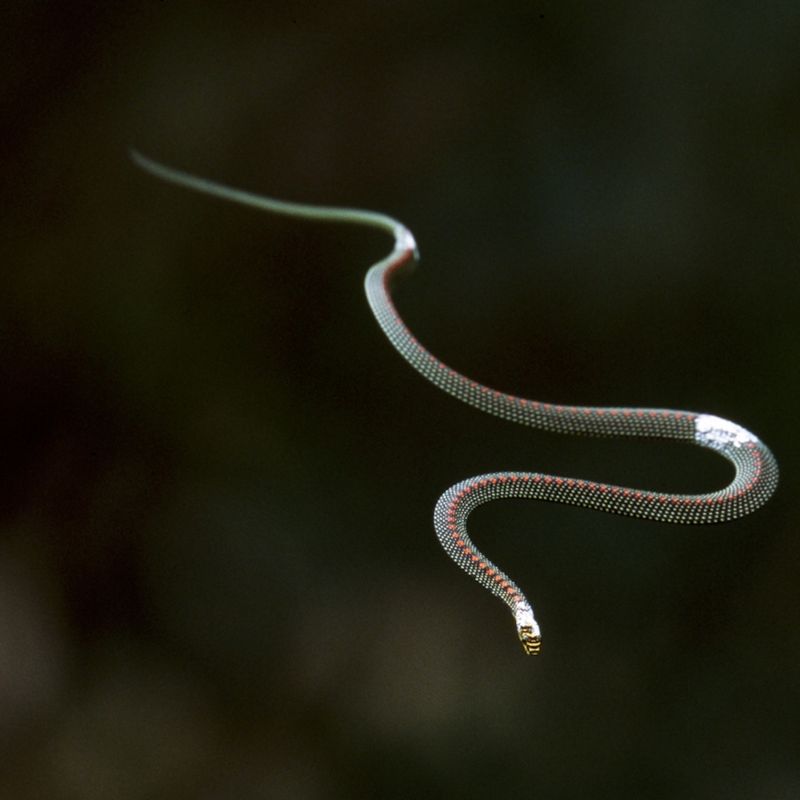
Some snakes possess the remarkable ability to glide through the air. These ‘flying snakes’ flatten their bodies to trap air, creating a parachute-like effect that allows them to move from tree to tree. Found primarily in the jungles of Southeast Asia, this talent helps them avoid predators and catch prey.
Their gliding flight is not just a spectacle; it also demonstrates the versatility and adaptability of these reptiles. Watching a snake ‘fly’ is truly one of nature’s most extraordinary sights, showcasing the remarkable innovations of evolution.
The World’s Smallest Snake
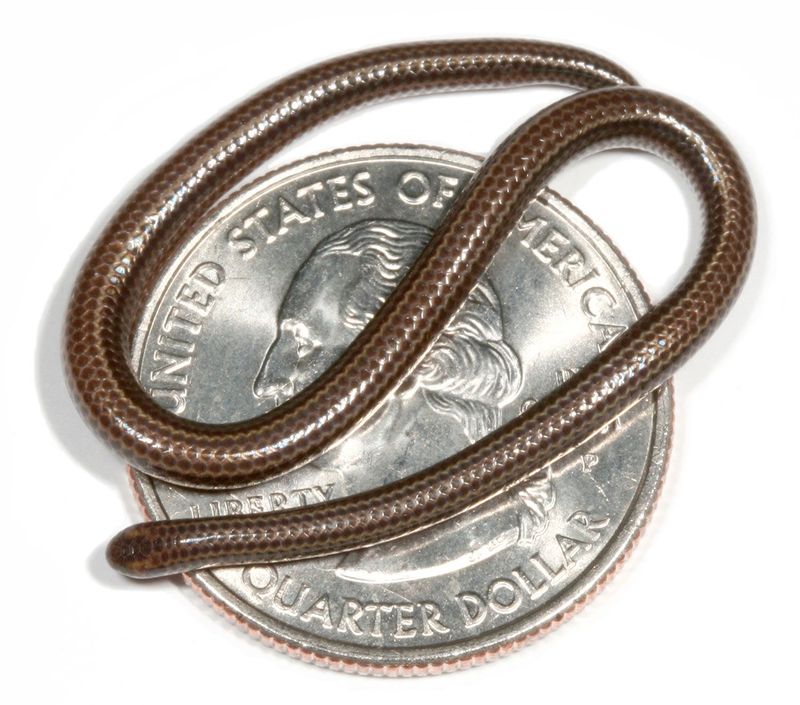
Meet the Barbados threadsnake, the world’s smallest snake. Measuring just about 4 inches long, this tiny serpent can easily fit on a coin or in the palm of your hand. Found exclusively on the Caribbean island of Barbados, its habitat is limited to the forest floor, where it feeds on ants and termites.
Despite its diminutive size, the threadsnake plays a crucial role in its ecosystem by controlling pest populations. Its discovery reminds us of the incredible diversity in the animal kingdom, even in creatures as small as this.
Snakes Have Infrared Vision
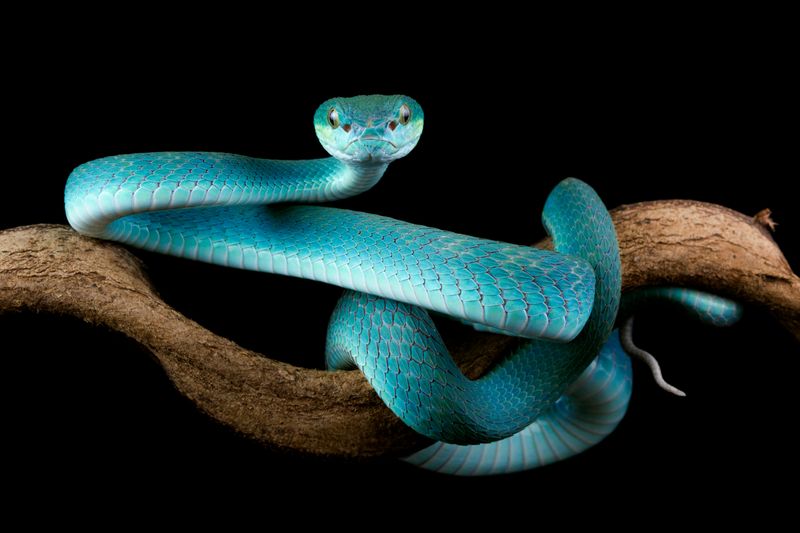
Some snakes have the incredible ability to see in complete darkness using infrared vision. This adaptation allows them to detect the heat signatures of warm-blooded prey, making them efficient nocturnal hunters. Pit vipers and pythons are among the species equipped with this extraordinary sense.
This infrared detection not only aids in hunting but also in self-defense, providing an edge over potential threats. It’s a reminder of the evolutionary marvels that enable snakes to survive in diverse environments. Truly, their vision extends beyond what the human eye can perceive.
Snakes Can Live Without Food for Months
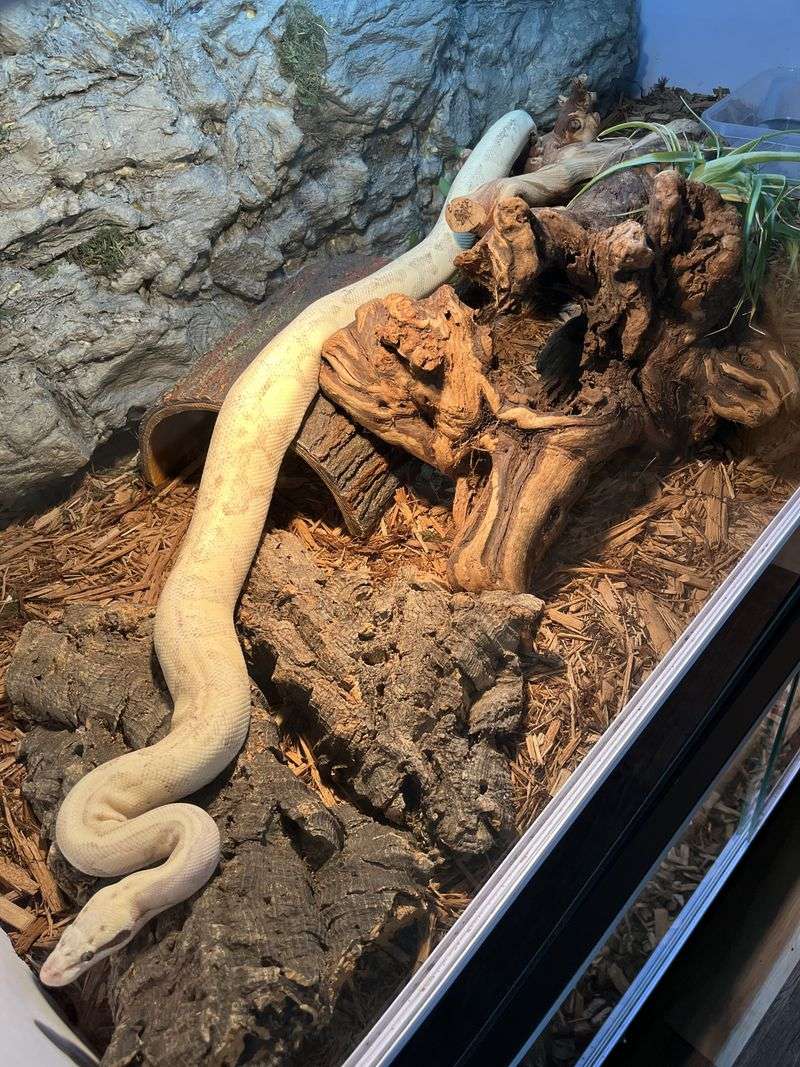
Snakes have a remarkable ability to survive for extended periods without food. Depending on the species and environmental conditions, some snakes can endure months of fasting. This adaptation allows them to thrive in habitats where food availability is sporadic.
During these fasting periods, their metabolism slows dramatically, conserving energy. It’s a testament to their resilience and adaptability, showcasing nature’s ingenuity in survival strategies. Witnessing a snake emerge from such a period, ready to hunt again, is an awe-inspiring example of life’s tenacity.
The Unusual Reproductive Habits of Some Snakes
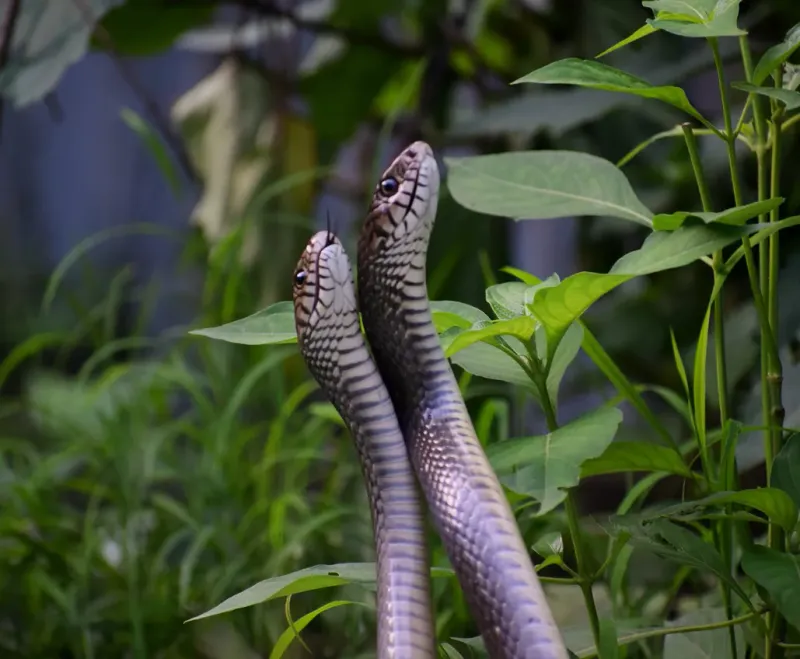
Not all snakes lay eggs; some give birth to live young, a process known as ovoviviparity. Species like boas and vipers have evolved this reproductive strategy, allowing them to thrive in colder climates where eggs would not survive.
This adaptation provides young snakes with a head start, as they emerge fully formed and ready to fend for themselves. It’s a fascinating glimpse into the diversity of life strategies in the animal kingdom, proving that even within a single group, nature finds multiple paths to survival.
Snakes Have Skeletal Flexibility
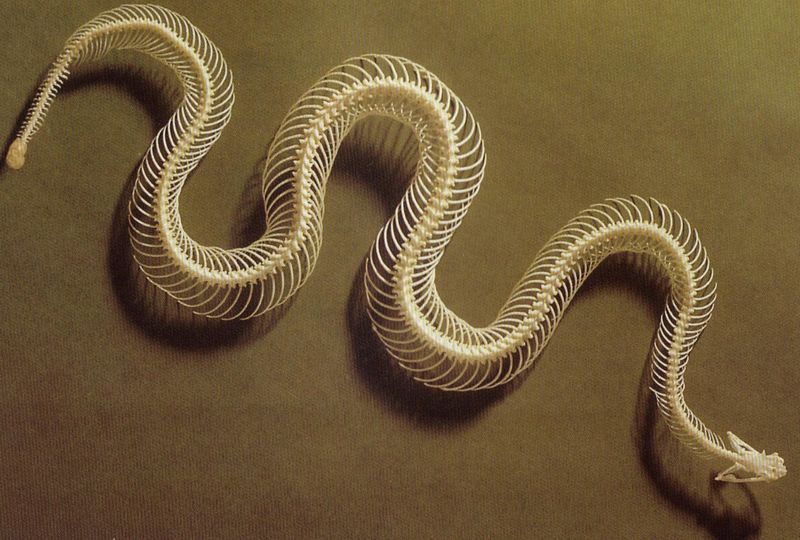
Snakes possess an astonishing level of skeletal flexibility, allowing them to navigate various terrains with ease. Their elongated bodies are supported by hundreds of vertebrae, enabling them to bend and twist in seemingly impossible ways. This adaptability is crucial for hunting and escaping predators.
Whether slithering through dense underbrush or squeezing through tight crevices, a snake’s flexibility showcases the engineering marvel of nature. It’s a feature that not only defines their movement but also sets them apart in the reptile world.
Snakes Use Their Tongues to Smell
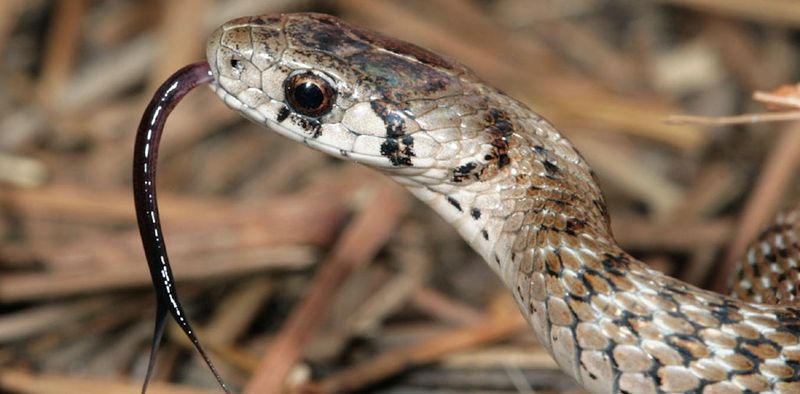
Unlike most animals, snakes use their tongues to smell, employing a unique sensory organ called the Jacobson’s organ. By flicking their tongues, they capture scent particles in the air and transfer them to this organ, which analyzes the chemical composition.
This extraordinary sense of smell allows snakes to detect prey, predators, and mates from considerable distances. It’s an adaptation that underscores their role as efficient hunters and survivors in diverse habitats. The next time you see a snake flick its tongue, you’ll know it’s more than just a curious gesture.
Snakes Can Shed Their Skin
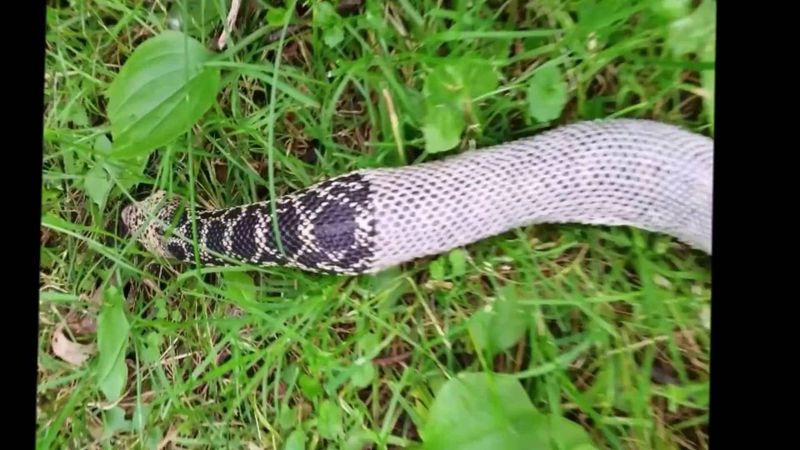
Snakes undergo a process known as ecdysis, or shedding their skin, allowing them to grow and remove parasites. This fascinating process happens several times a year, depending on the snake’s age and species.
Shedding is a critical part of a snake’s life cycle, representing growth, renewal, and health. It’s an awe-inspiring sight, symbolizing transformation and adaptation. Seeing a snake emerge from its old skin is a powerful reminder of nature’s cycles and the continual process of renewal that defines life.
Some Snakes Are Venomous, Not Poisonous
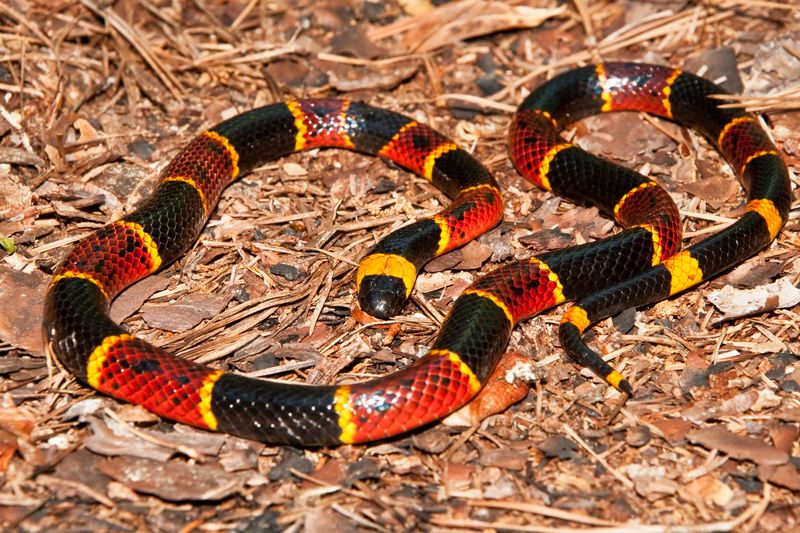
While people often use ‘venomous’ and ‘poisonous’ interchangeably, there’s a significant difference. Venomous snakes inject venom through fangs, while poisonous creatures release toxins when touched or eaten. This distinction is crucial in understanding these reptiles’ defensive strategies.
Venom plays a vital role in hunting and self-defense. It’s a complex cocktail of proteins and enzymes designed to immobilize prey and deter predators. Recognizing the difference helps in appreciating the specialized adaptations that make snakes such effective hunters and survivors.
Snakes Can Swim
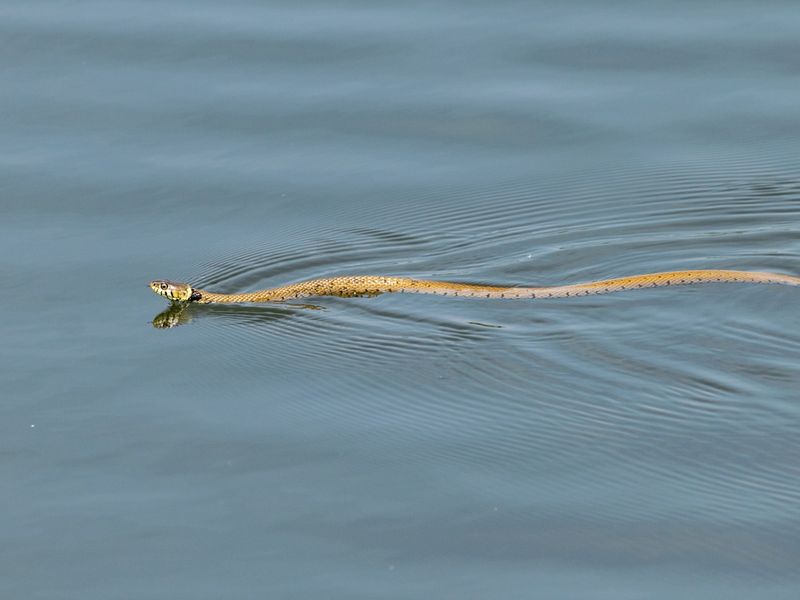
Snakes are not only adept on land but also in water. Many species are excellent swimmers, using their bodies’ undulating motion to glide through water effortlessly. This ability allows them to hunt aquatic prey or escape terrestrial predators.
Whether in rivers, lakes, or even oceans, snakes demonstrate remarkable adaptability in aquatic environments. Observing a snake swim is a testament to its versatility and the incredible evolutionary paths that enable these reptiles to thrive in diverse habitats.
Snakes Can Regrow Ribs

Snakes possess the extraordinary ability to regenerate lost ribs, an adaptation that’s both fascinating and rare in the animal kingdom. This regenerative capability assists in recovery from injuries, ensuring survival even after trauma.
The process involves adjacent ribs compensating for lost ones, gradually restoring the skeletal structure. It’s an incredible example of nature’s healing powers and the resilience of these reptiles. Understanding this ability adds another layer to our appreciation of snakes and their remarkable biological adaptations.
Snakes Have Unique Feeding Mechanisms
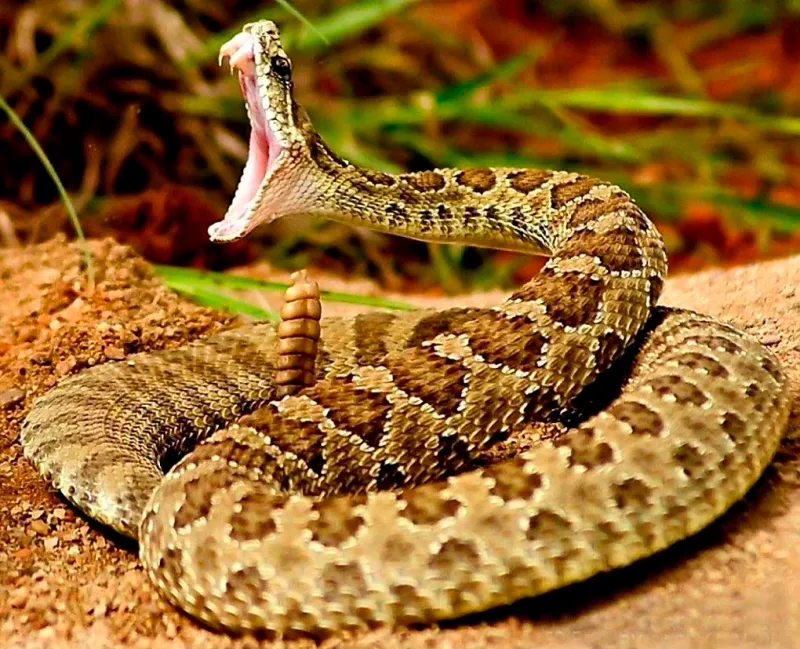
Snakes exhibit unique feeding mechanisms, swallowing prey whole due to their flexible jaws and expandable bodies. This adaptation allows them to consume prey larger than their head, a crucial advantage in the wild.
Their feeding strategy showcases an incredible biological design, enabling them to maximize nutritional intake while minimizing hunting efforts. Observing a snake devour its prey is both fascinating and a little unnerving, highlighting the extraordinary adaptations that define their place in nature’s food chain.
Snakes Communicate Through Vibrations
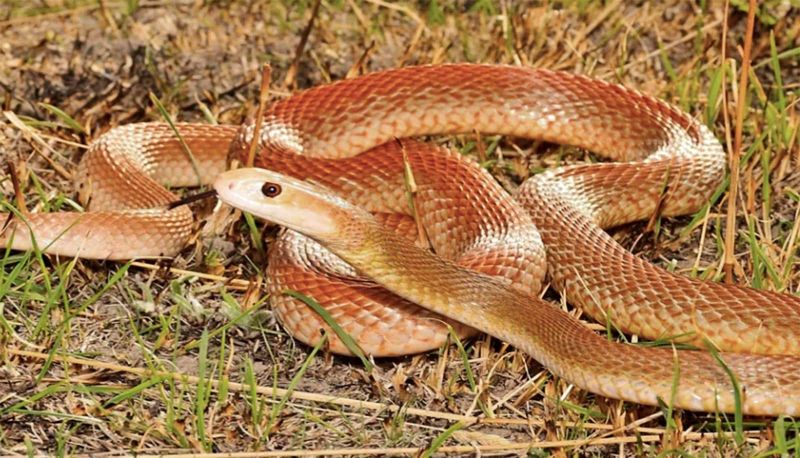
Unlike conventional vocal communication, snakes communicate primarily through vibrations. By sensing these subtle ground vibrations, they can detect and respond to other snakes and potential threats in their environment.
This method of communication underscores the complexity and sophistication of snake behavior, revealing a side of these reptiles that’s often overlooked. It’s a silent language that speaks volumes about their interactions and social dynamics, adding depth to our understanding of these enigmatic creatures.
Snakes Can Hibernate
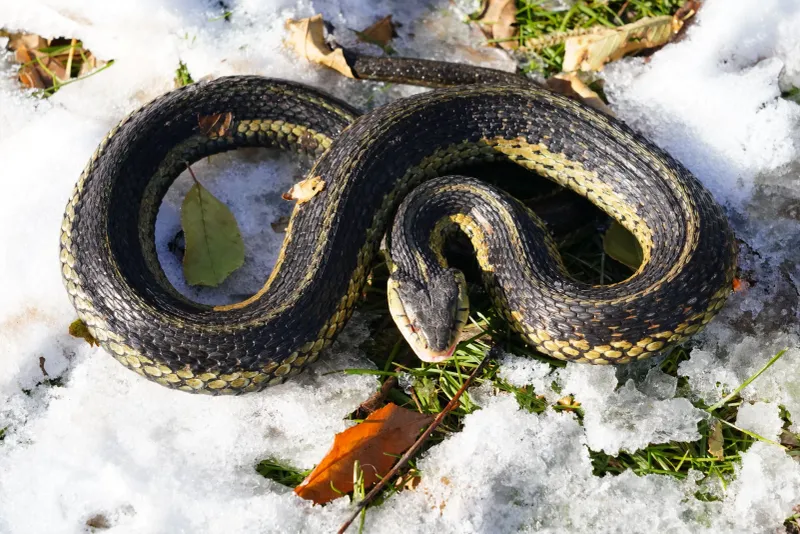
In colder climates, some snakes enter a state of hibernation during winter months. Known as brumation, this period of dormancy conserves energy when food is scarce. Snakes often hibernate in groups, sharing dens to maintain warmth and increase survival chances.
Brumation highlights the adaptability of snakes to different environmental challenges. Witnessing a snake emerge from hibernation, ready to hunt and mate, is a testament to their resilience and the cycles of nature that govern their lives. This seasonal behavior emphasizes their ability to survive and thrive.
Snakes Play an Ecological Role
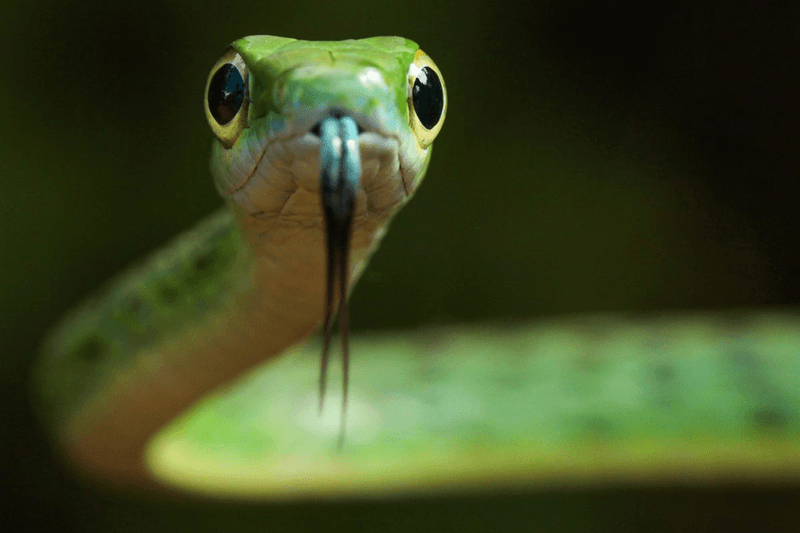
Snakes play a vital role in maintaining ecological balance, particularly in controlling rodent populations. By preying on rodents, they help prevent overpopulation and the spread of diseases. This ecological function supports biodiversity and the health of various ecosystems.
Their presence is a natural form of pest control, reducing the need for chemical alternatives. Understanding their role dispels some of the negative perceptions surrounding snakes, highlighting their importance in the web of life. Next time you encounter a snake, consider its crucial contribution to ecological stability.

